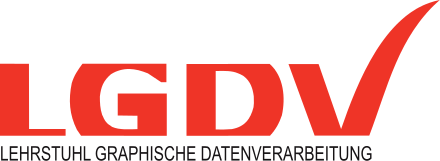Research
For more than 25 years the Chair of Visual Computing researches methods for the generation, processing and analysis of images and 3D-models. This includes disciplines such as computer graphics, visualization, geometry processing, virtual reality, computer vision, or 3d reconstruction. These of course don’t work strictly independent from each other but are deeply interlocked to create fruitful synergies. So next to fundamental research we also develop practical applications, often in collaboration with notable industry partners.
The research foci of the group are
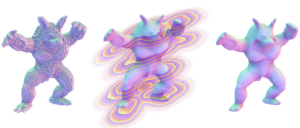 |
Rendering & Visualization: In rendering, algorithms are examined to synthesize images from given virtual 3D-objects or worlds. Rendering methods focus on the generation of realistic images (photo-realistic rendering) or the fast synthesis of the images, resulting in fluent movement (real-time rendering). In visualization, the goal here is not to render images that are realistic, but that generate insight to all types of data, from measured data (e.g., medical CT scans), simulated data (flow simulation data), or non-spatial, abstract data such as the spread of news on twitter. |
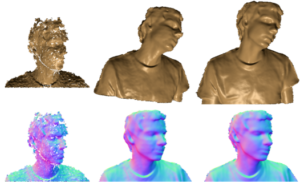 |
Geometric Modelling & 3D-Reconstruction: In this research area, we examine methods to generate 3D-models (e.g. for later rendering or visualization), and to process and analyze these models. This includes representations of 3D surfaces in a computer, and algorithms for the animation of these objects, or their physical simulation. In 3D-reconstruction, we reconstruct 3D-models from images or with the help of more advanced sensors, in particular depth cameras such as the Microsoft Kinect. |
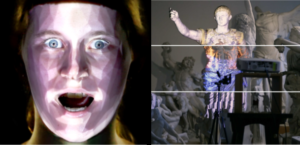 |
Virtual and Augmented Reality: In virtual reality a user immerges into a virtual world using special display devices. One currently popular such device are Head Mounted Displays, where a user looks around in a virtual world by turning his head or walking around while wearing the display. In augmented reality, the real environment is augmented with virtual objects. Again, this requires special display devices that overlay the real world with virtual content (e.g. AR glasses such as the Microsoft Hololens), or by using projectors that display virtual content on their surrounding. |
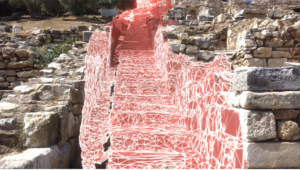 |
Visual Computing in the Humanities and Social Sciences: In this research area, we apply and develop methods from Visual Computing to answer question from humanities and social sciences. A typical example is archaeology, where we digitize ancient artifacts using 3D-reconstruction, analyze them using approaches from geometry processing, and visualize them using virtual reality. Our lab is involved with the interdisciplinary center “IZ digital” and the study course “Digital Humanities”. |
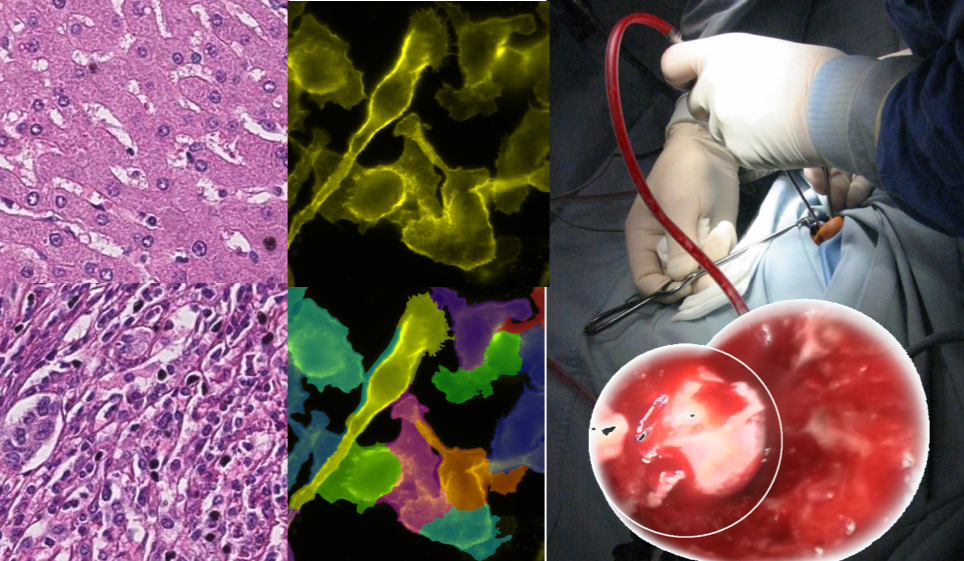 |
Visual Healthcare Computing: The research area “Visual Healthcare Computing” describes the application of computer vision, deep learning and visualization algorithms to the field of digital healthcare. Examples are applications along a patient’s healthcare pathway, starting from image based diagnostics (e.g. based on endoscopy or digital pathology), endoscopy-based image enhancement for orientation and navigation (using e.g. 2D/3D panoramic imaging), computer assisted radiomics (in the field of mammography), contactless monitoring of vital signs (e.g. pulse and breathing) as well as interactive immersive training and planning systems for surgical interventions. |
